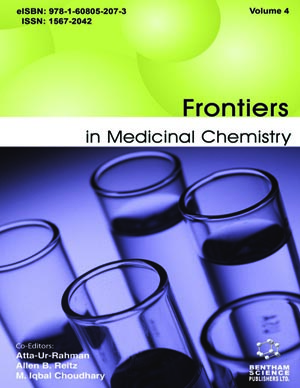Abstract
The clinical use of chelating drugs as antidotes for metal toxicity are reviewed, together with the in vivo effects of their synthetic homologues and new chelating agents. Concise facts on toxic effects of human exposure to metals are given for the following elements: lead, cadmium, mercury, manganese, aluminum, iron, copper, thallium, arsenic, chromium, nickel, and platinum. Pharmacokinetic data, clinical use and adverse effects of the majority of chelating drugs used in human metal poisoning, are briefly summarized, i.e. dimercaprol (BAL), succimer (meso-DMSA), unithiol (DMPS), D-penicillamine (DPA), N-acetyl-D-penicillamine (NAPA), calcium disodium ethylenediaminetetraacetate (CaNa2EDTA), calcium trisodium or zinc trisodium diethylenetriaminepentaacetate (CaNa3DTPA, ZnNa3DTPA), deferoxamine (DFO), deferiprone (L1), deferasirox (ICL670), triethylenetetraamine (trientine), N-acetylcysteine (NAC), and Prussian blue (PB). The in vivo effects of three groups of synthetic chelators, namely the polyaminopolycarboxylic acids (EDTA and DTPA), derivatives of BAL (DMPS, DMSA and mono- and dialkylesters of DMSA), and carbodithioates, are also described. Among the number of factors that can influence the efficacy of chelation treatment, modifying effects of age are shown, in light of experimental results in young and adult animals.
Keywords: Chelating agents, BAL derivatives, carbodithioates, deferiprone, deferoxamine, deferasirox, D-penicillamine, polyaminopolycarboxylic acids, metal toxicity, age




















